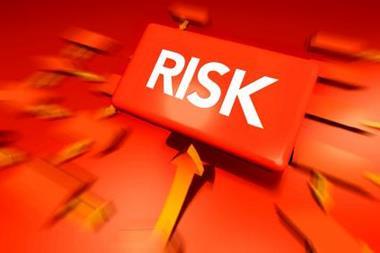One of the key challenges facing risk management professionals is the ability to demonstrate a link between enterprise risk management and improved financial performance that usually comes in the form of reduced earnings volatility. At this workshop, hosted by Eddie McLaughlin, managing director of risk consulting, Marsh Ltd, James Maxwell, senior vice president within Marsh's risk consulting, chose to provide perspective on the tangible value of ERM in the corporate finance space. For Maxwell, the ability to respond effectively to risk has an immediate impact on shareholder value. He said that evidence has shown the majority of investors identify RM as a top priority in considering investment. He added that credit rating agencies are increasingly taking ERM more seriously.
The next of Marsh's speakers to take the floor was Eddie McLaughlin, who said effective RM relies on the right risk appetite and provided his thoughts on achieving balance between risk exposure and risk transfer. The fundamental question, he said, is whether or not it is cheaper to insure or ascribe capital to a risk. For him, the RM professional's role requires an analytical understanding of whether or not the risks he is underwriting has a material impact on the organisation.
Tom Teixeira, head of risk management at Rolls-Royce, chose to describe how he was rolling out an ERM implementation strategy. “I want to take as much risk as I can, but in a controlled framework,” he said. Teixeira described how Rolls-Royce was embarking on an exercise of identifying risk and undergoing mitigation strategies. Generating good data to enable the quantification of risk was a major challenge, “we are in danger of the garbage in, garbage out syndrome.” Another challenge Rolls-Royce faced was in the form of change management as the organisation attempted to implement its model simultaneously in departments that had reached various levels of maturity.
Allison Connick, director of health and safety at CB Richard Ellis, described how a health and safety professional can increase brand value and improve bottom line profits. CBRE uses an online real-time system to monitor the level of environmental and health and safety compliance in all of their business units. Every month directors in each of the business units measure compliance. Those properties that are not compliant are marked as high risk. “What I wanted was a risk model that was regularly updated and showed that time and effort delivered value,” said Connick. Another goal of the project was to benchmark the minimum standards of excellence and help to attract and motivate key talent.
















